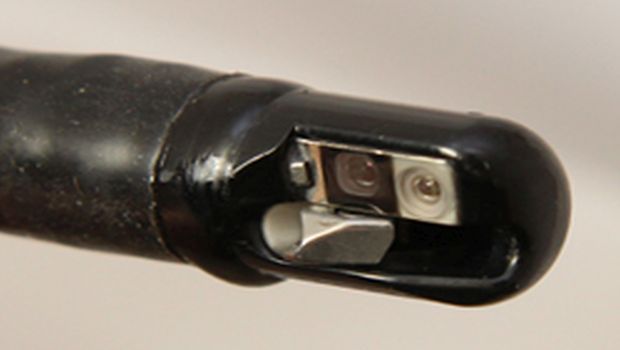CDC Issues Interim Duodenoscope Surveillance Protocol

Outbreaks of bacterial infection associated with endoscopes are often attributed to improperly reprocessed endoscopes. However, recent reports have identified carbapenem-resistant Enterobacteriaceae (CRE) transmission associated with persistently contaminated duodenoscopes for which no breaches in reprocessing were identified.
There is currently very limited information to guide the use of surveillance cultures to assess endoscope reprocessing outside of recognized outbreak settings. Surveillance cultures are not a replacement for appropriate training and oversight of endoscope reprocessing practices. Before initiating surveillance cultures, facilities considering their use should involve key facility staff, including the clinical laboratory director, clinical staff, infection prevention staff, hospital epidemiologists, and risk management staff to develop a plan for implementation, and response (e.g., patient notification) to surveillance culture results.
With input from healthcare facilities, professional partners and stakeholders, CDC has developed an interim protocol for facilities that want to test their duodenoscopes for contamination with bacteria, including CRE, after the cleaning and disinfection process.
The following considerations are intended for facilities that perform procedures using duodenoscopes to assess the adequacy of reprocessing. While these measures apply primarily for duodenoscopes, they can also be implemented for other flexible endoscopes that have an elevator mechanism (e.g., used to perform endoscopic ultrasound). This document is intended to supplement and not replace or modify manufacturer recommended reprocessing procedures. The CDC emphasizes that this is an interim protocol and measures may change as new information becomes available.
The CDC is working with partners, including the Food and Drug Administration (FDA), medical specialty societies, subject matter experts, and state and local health departments to further understand and address the possibility of bacteria transmission related to duodenoscopes. Until more is known, this interim protocol can provide hospitals with an additional tool in their continued efforts to protect patients from infections.
Learn more about the interim protocols from Michael Bell, MD, deputy director of CDC’s Division of Healthcare Quality Promotion at CDC’s Safe Healthcare Blog.
The Sterile Processing Conference Survival Guide: How to Make the Most of Your Next Event
March 25th 2025From expert speakers to cutting-edge tools, sterile processing conferences, like the 2025 HSPA Annual Conference and the SoCal SPA's Spring Conference, offer unmatched opportunities to grow your skills, expand your network, and strengthen your department's infection prevention game.
Redefining Material Compatibility in Sterilization: Insights From AAMI TIR17:2024
March 24th 2025AAMI TIR17:2024 provides updated, evidence-based guidance on material compatibility with sterilization modalities. It offers essential insights for medical device design and ensures safety without compromising functionality.